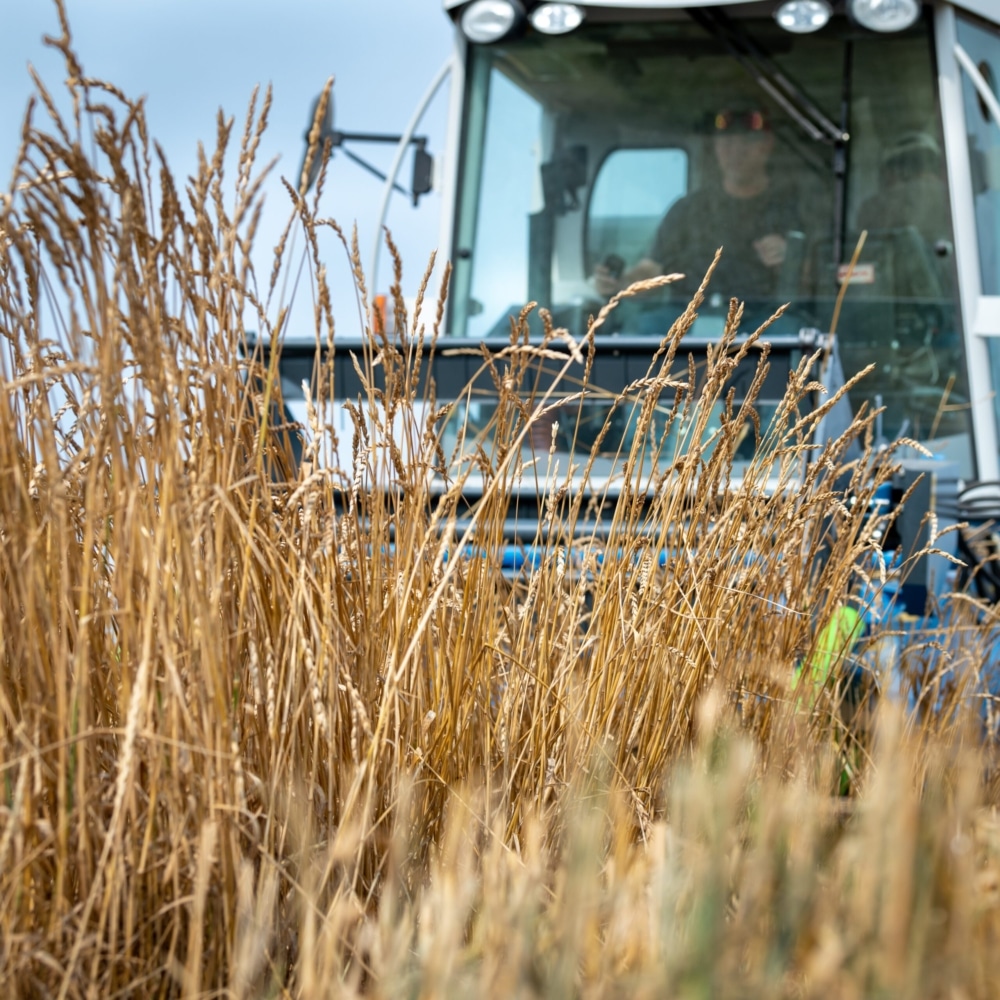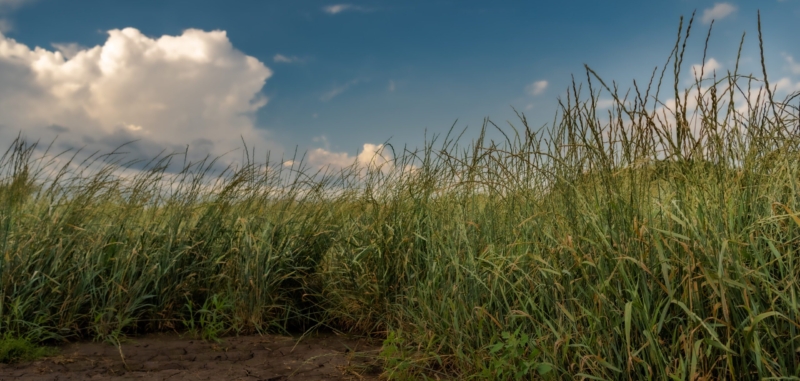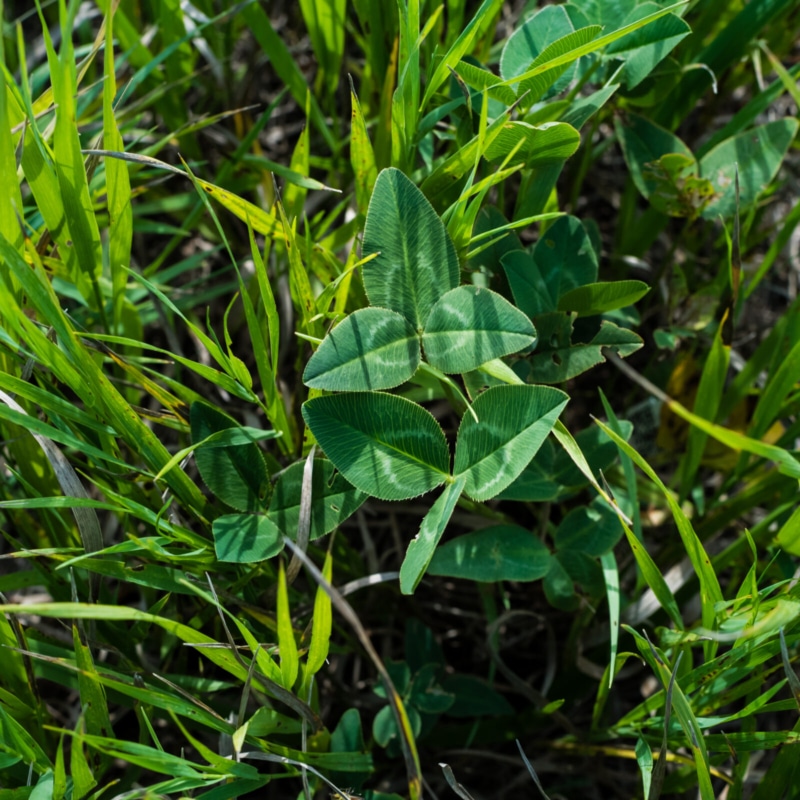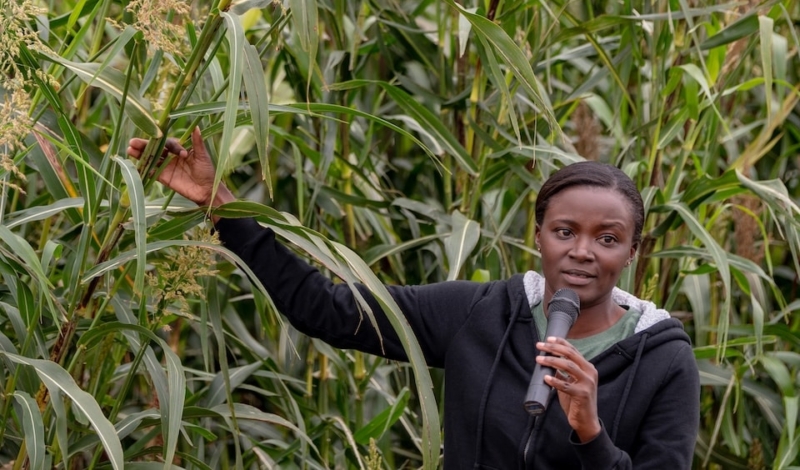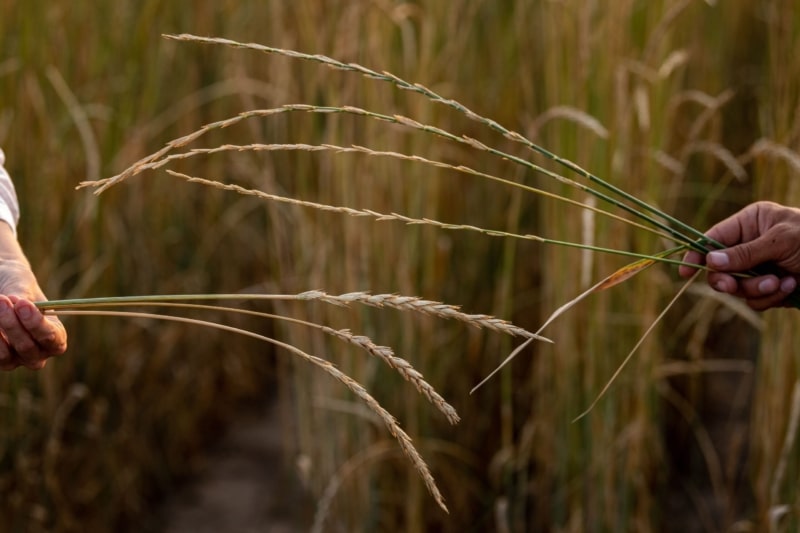Researchers at Colorado State University published a paper discussing the benefits of pursuing a “Perennial Green Revolution” where the further development of perennial grains like Kernza®, silflower (a perennial oilseed crop), and other perennial food crops could simultaneously address ecological crises, food security, and nutritional concerns globally.
Farming practices of the past century have dramatically increased annual crop yields to unprecedented levels but have consequentially created increasing ecological and public health concerns, posing a long-term threat to global food security. Soil tillage and chemical inputs perpetuate soil erosion, biodiversity loss, wetlands eutrophication, carbon emissions, and other farming stressors. Concomitantly, accompanying poor dietary patterns and malnutrition increase the risk for chronic diseases, such as cardiovascular diseases, obesity, type 2 diabetes, and cancer, which account for greater than 70% of global mortality per annum. Altogether, such annual monocropping systems exacerbate food insecurity, necessitating action across the fields of public health, agriculture, nutrition, medicine, and environmental ecology, that is, a transdisciplinary approach. Herein, we argue that the perennialization of crops creates an opportunity to address the challenges of environmental sustainability and nutritional adequacy economically. Unlike annuals, perennial crops have deeper roots for increased drought tolerance and reduced needs for fertilization and irrigation. Adopting perenniality can result in greater drought tolerance and improved soil health while reducing erosion, farming labor, and seed purchasing. Furthermore, perennializing novel staple crops may offer a superior and diverse dietary profile of phytochemicals, fiber, and macronutrients compared to conventional annuals. Instead of traditional perennial tree crops, we focus on intermediate wheatgrass Kernza® (Thinopyrum intermedium) and sunflowers (Helianthus tuberosus, H. maximiliani, and Silphium integrifolium) as exemplars of perennial staple food crops for grain and oil, respectively, at different stages of perennial crop commercialization. Ultimately, we discuss how integrating perenniality has the potential to revolutionize global agriculture and address food security concerns for the remainder of the 21st century.


